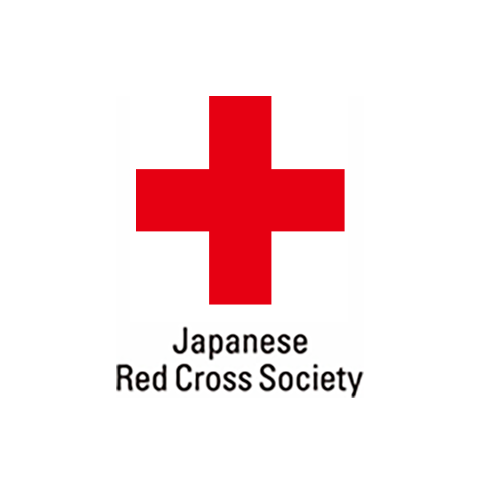Report -The Japanese Red Cross Society's Response to the 2018 Hokkaido Eastern Iburi Earthquake
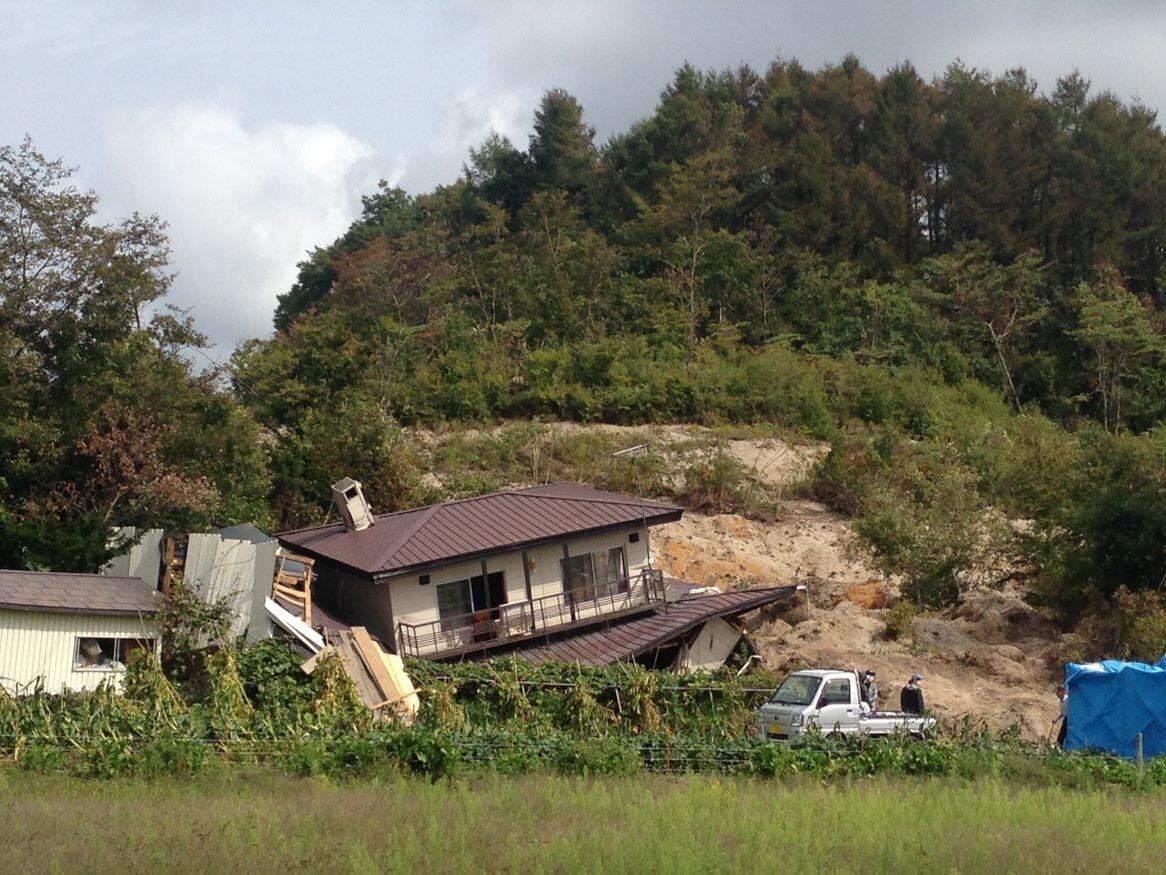 Houses damaged by a massive landslide in Atsuma Town, Hokkaido
Houses damaged by a massive landslide in Atsuma Town, Hokkaido
■ Overview of the Hokkaido Eastern Iburi Earthquake
On 6 September 2018 at 03:07 a.m., Hokkaido was struck by a powerful earthquake with a magnitude of 6.7, which centered in mid-eastern part of its Iburi region. It recorded the maximum seismic intensity of 7 in Atsuma Town.
Situation of Damage (As of 5 September 2019; source: Hokkaido Prefectural Government)
Dead: 44 (including 36 by the landslide in Atsuma Town)
Injured: 785
Houses damaged: 24,956
Evacuees: approx.13,100 (at peak, on September 7, 2018)
Characteristic of the disaster
1.Major damage caused by the earthquake
Landslides caused enormous damage in Atsuma Town.
More than 20,000 houses were completely or partially damaged.
2.Massive power blackout triggered by the earthquake
Electric outage: 2,950,000 houses
Water outage: 68,335 houses.
■ Red Cross Response - Facts and Figures
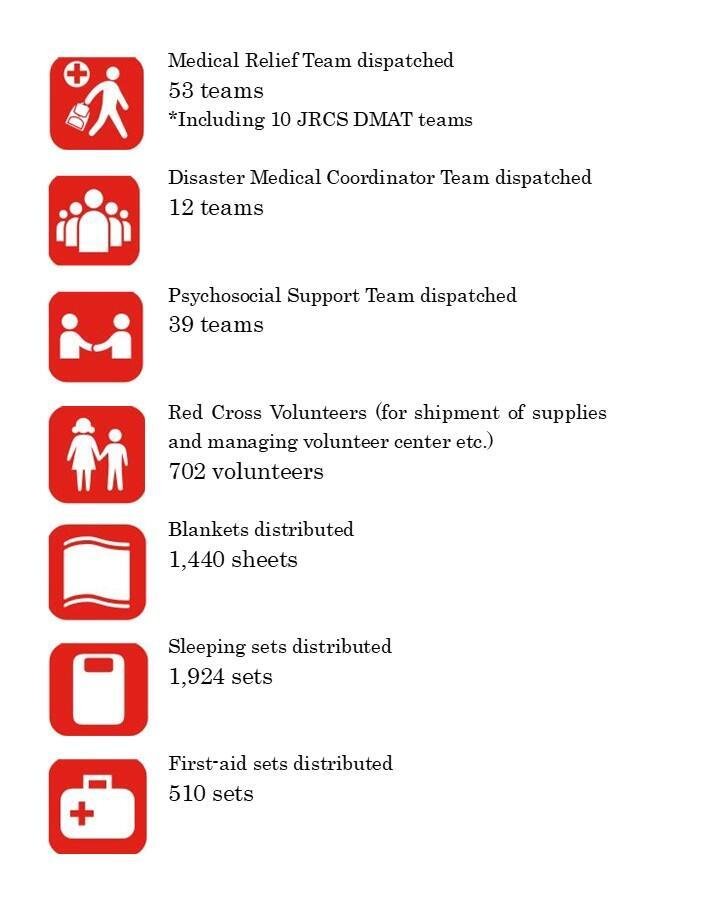
■ Red Cross Activities in the affected areas
Coordination
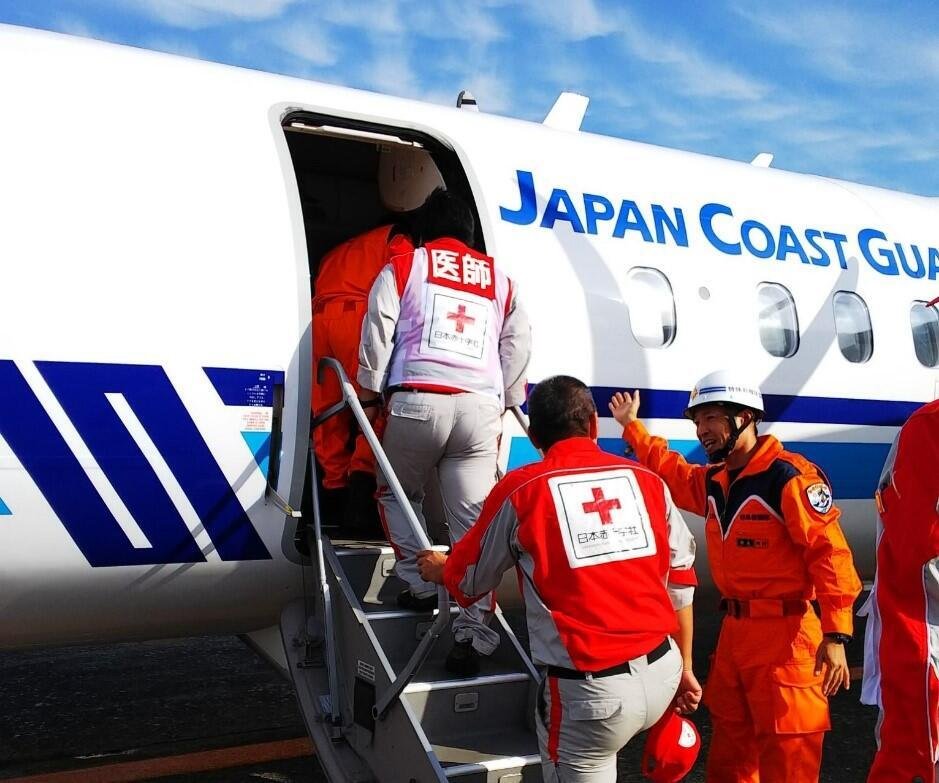
The JRCS first-response team from its headquarters was transported by the Japan Coast Guard official aircraft to Hokkaido early morning on 6 September 2018.
The seismic intensity of 7 earthquake struck Hokkaido for the first time in its history. It caused a huge power cut, so-called "blackout", almost all over Hokkaido, which made the situation complex.
The earthquake also caused the shut-down of a local airport, New Chitose Airport, due to the damages to its facilities and the power cut, which had initially limited assistance and support to reach the affected areas from outside the Hokkaido island.
However, based on the mutual cooperation agreement which the Japanese Red Cross Society (JRCS) had with the Japan Coast Guard since 2015, the JRCS was able to safely deploy its medical and coordination staff to Hokkaido by the Japan Coast Guard official aircraft.
Furthermore, the network among the Red Cross hospitals functioned well in this event. As there were 10 Red Cross hospitals located in Hokkaido, they could work together effectively to mobilize all available local resources to provide support to the people affected by the disaster, while there were limited support available from outside Hokkaido.
At the time of disasters, internal coordination among the JRCS as well as external coordination with various organizations such as the authorities, community residents and volunteer groups are very important. Coordination between organizations will become even more important to a successful operation in disaster response from now on.
Medical assistance
Assessment on the health needs was conducted mainly in Atsuma Town, the worst disaster-affected area. 53 Medical Relief Teams including 10 Disaster Medical Assistance Teams (DMAT) were dispatched from the JRCS local chapters of Hokkaido, Tohoku and Kanto regions.

Relief items
1,440 blankets, 510 first-aid sets and 1,924 sleeping sets were distributed.
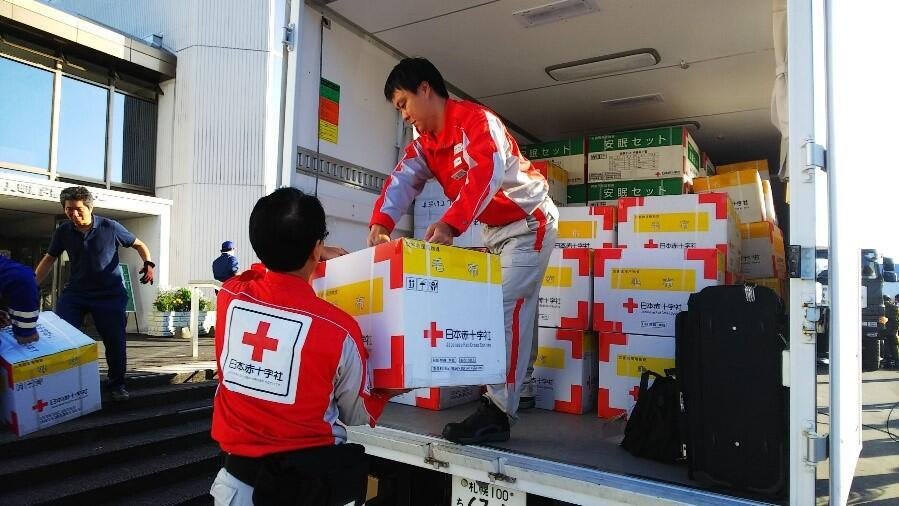
Volunteers' Activities
702 Red Cross Community Volunteers and Red Cross Disaster Relief Volunteers in Hokkaido provided hot meals, distributed relief items, and helped fundraising for the affected people.

Red Cross volunteers for Nordic Walking in Hokkaido also organized stretch exercise sessions as well as Nordic Walking events for the people in affected communities in Atsuma Town in order to prevent them from economy-class syndrome.
Thank you very much for your support
Until 31 March 2020, the Japanese Red Cross Society had received donation as cash grant for this disaster. All the cash grant has been delivered to the affected people.
Cash Grant (Gienkin) received as of 31 March 2020:
JPY: 5,703,388,277
The cash grant is to be allocated according to the damage and to be transferred to the affected people through the Cash Distribution Committees in Hokkaido Prefecture.
